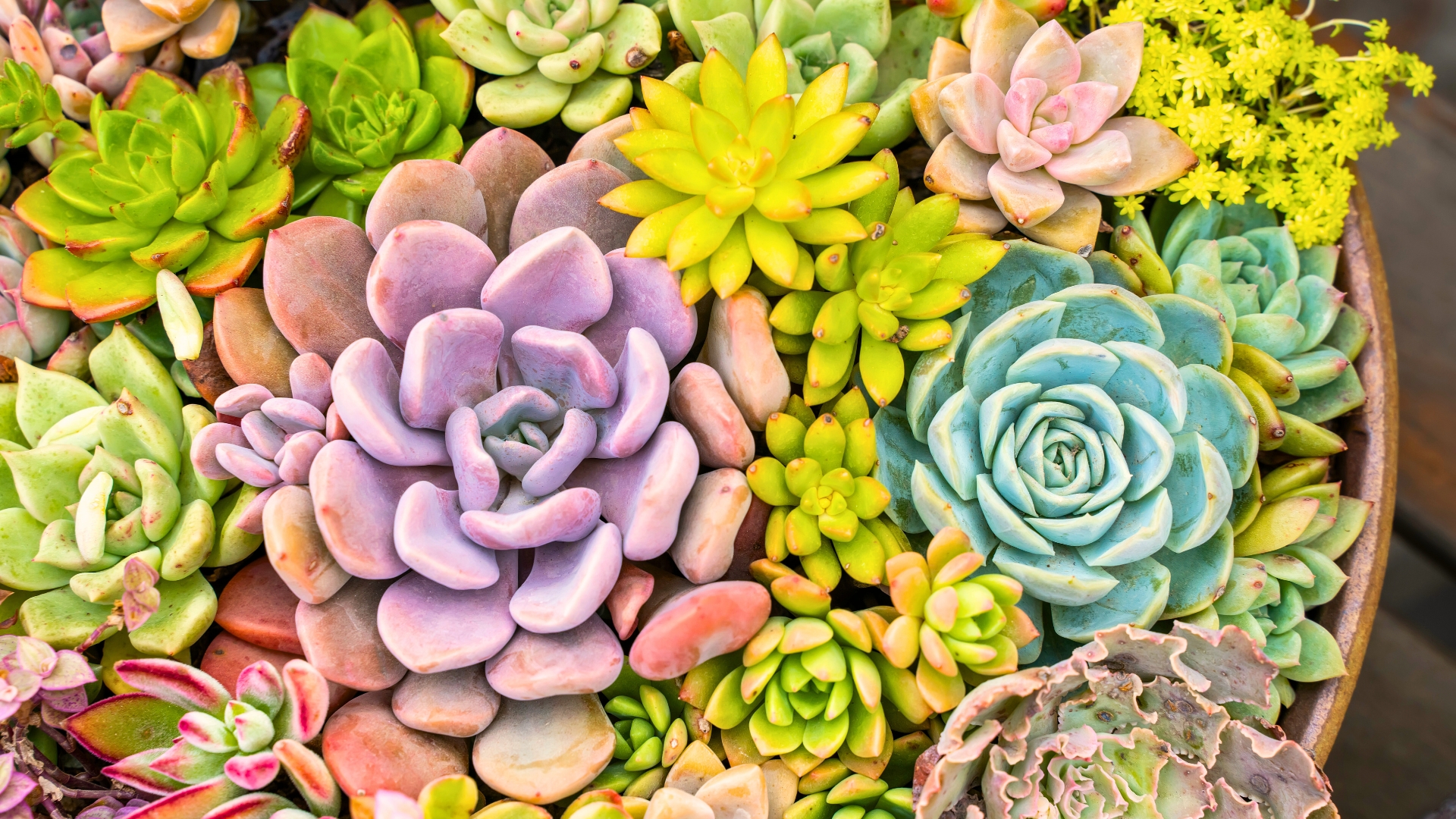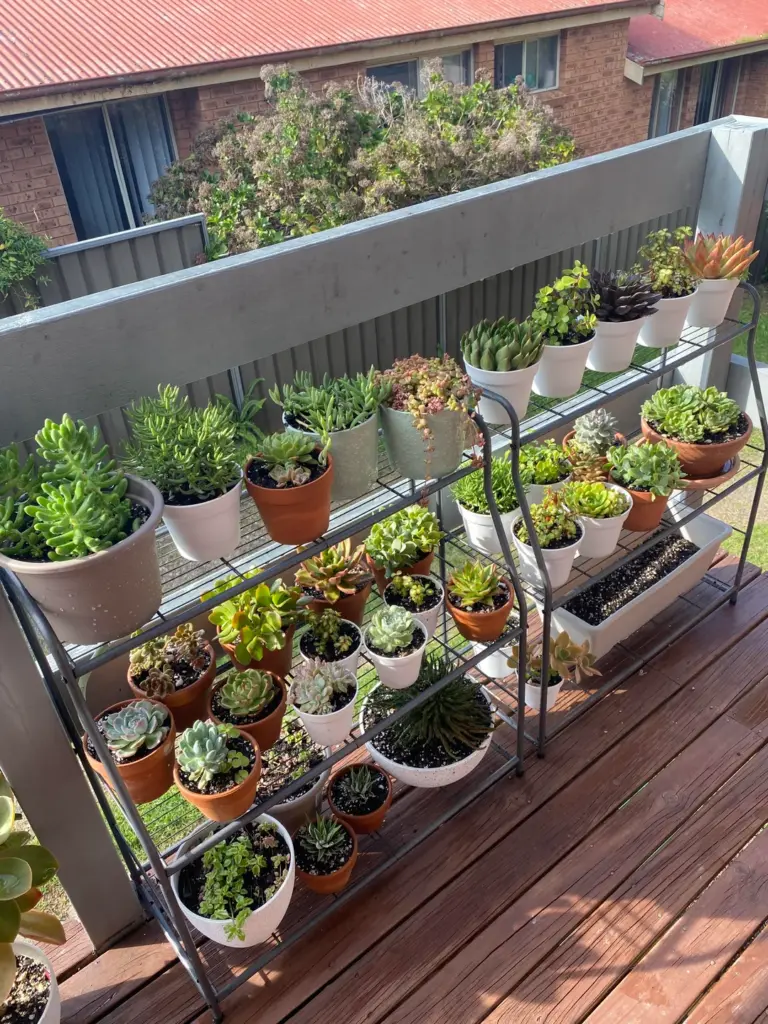11 Tips You Could Try To Support Succulents In Summer
Summer can be tough on succulents, especially in the heat. I love using a few simple strategies to keep mine happy and thriving during the hottest months.
From the right watering schedule to smart placement, small changes make a big difference. Watching them stay plump and vibrant all season feels incredibly rewarding.
With these tips, your succulents can sail through summer looking their best.
1. Adjust Watering Schedule
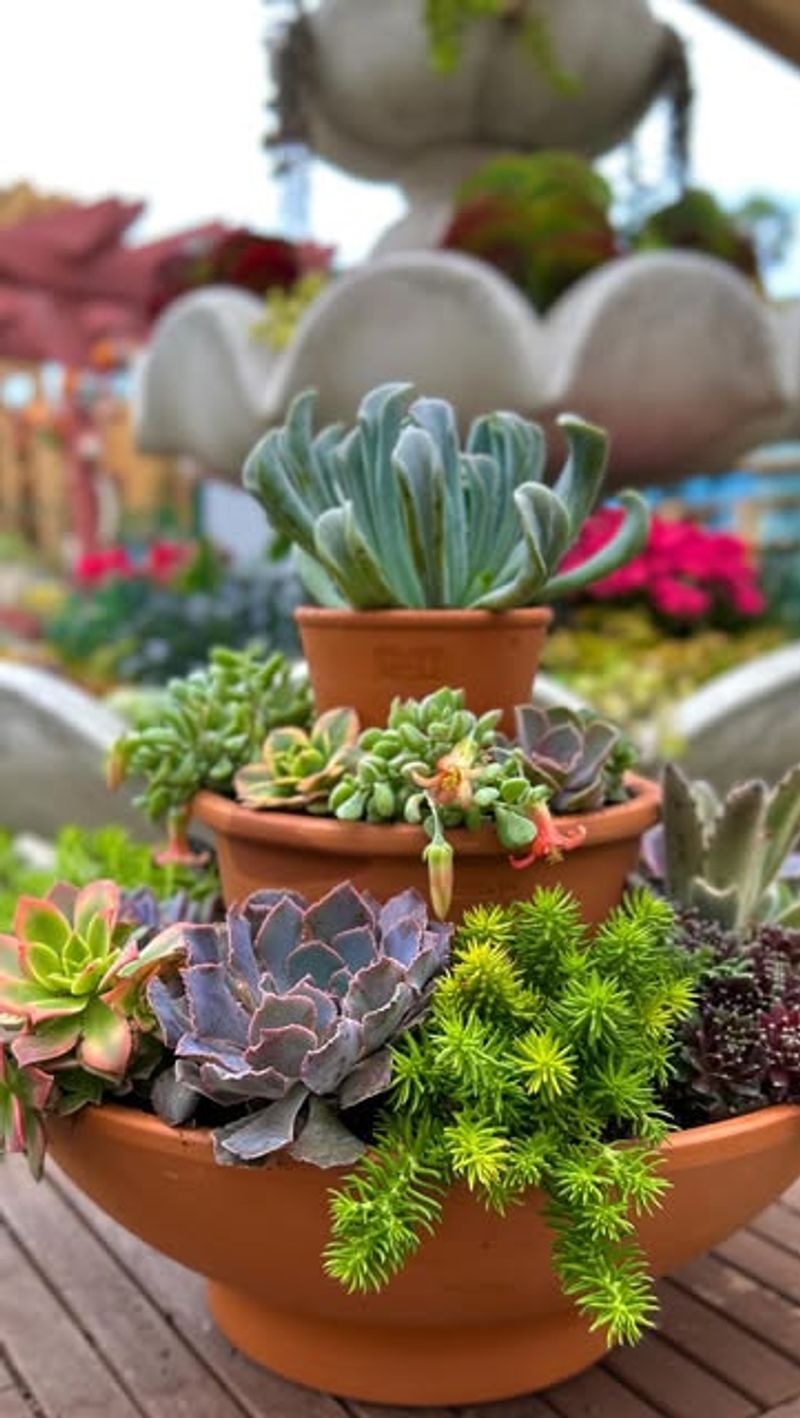
Most succulents need more frequent watering during hot summer months. Their shallow root systems can’t reach deep for moisture when soil dries out quickly.
Morning watering works best, giving plants time to absorb moisture before the heat of the day. Always check soil dryness before watering – stick your finger about an inch deep and only water if completely dry.
2. Provide Afternoon Shade
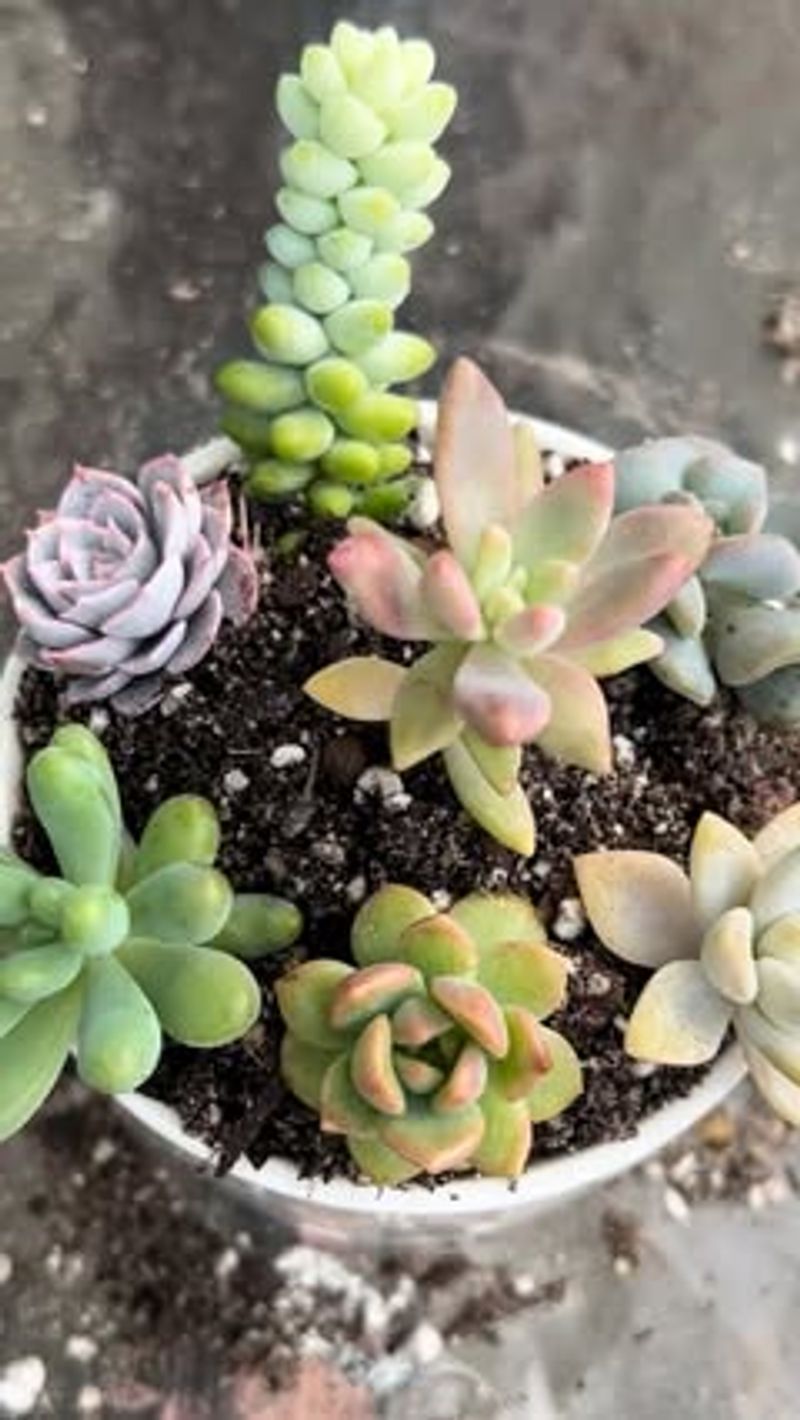
Even sun-loving succulents can get sunburned during intense summer afternoons! Brown or white patches on leaves are telltale signs of sun damage that won’t heal.
Consider moving potted plants to spots with bright morning light but protection after noon. For garden succulents, temporary shade cloth offers perfect protection during the hottest weeks without depriving them of needed light.
3. Check Soil Composition
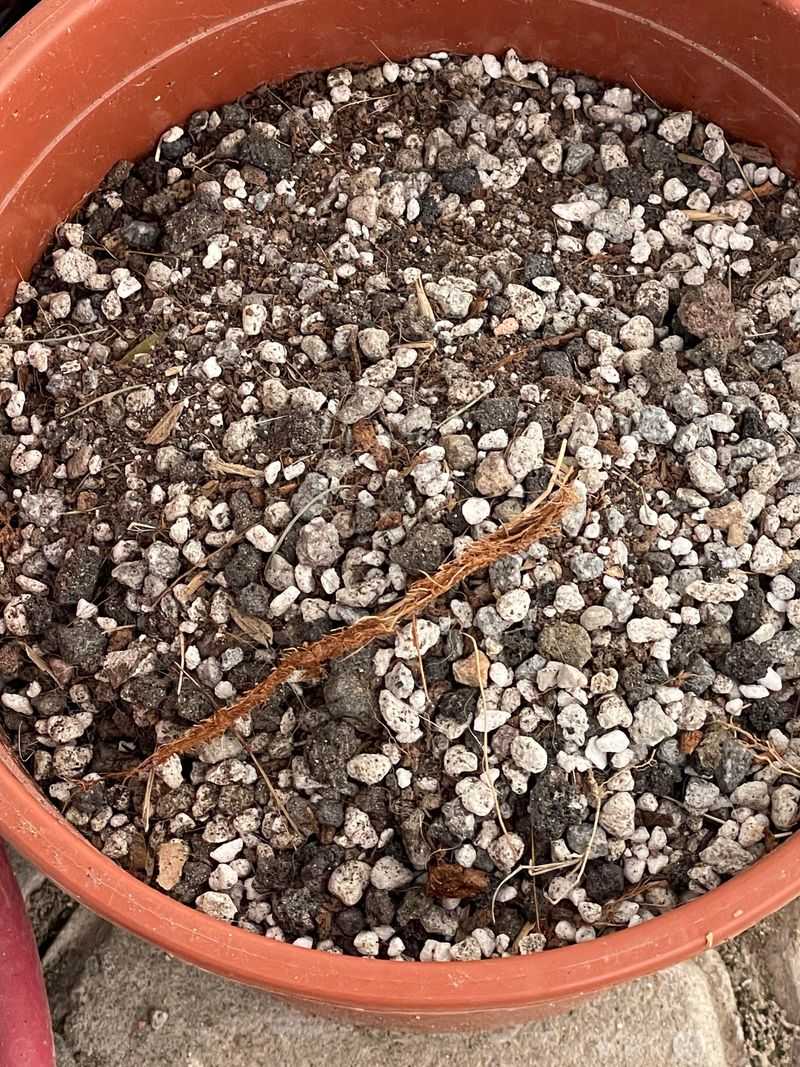
Summer is the perfect time to evaluate whether your succulent soil drains properly. Heavy rains followed by intense heat can create dangerous conditions if water lingers around roots.
Consider refreshing container soil with a mix specifically designed for cacti and succulents. Adding extra perlite or pumice improves drainage while ensuring roots get enough oxygen even during summer’s challenging conditions.
4. Monitor Container Materials
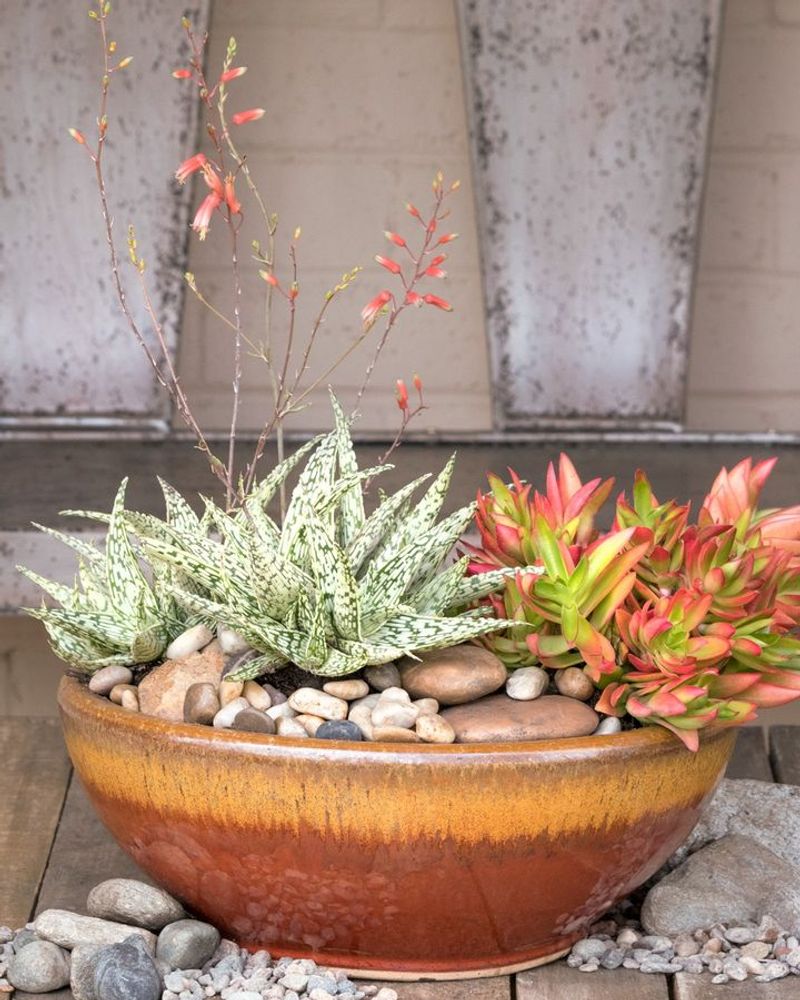
Terracotta pots might be traditional for succulents, but they can actually overheat in direct summer sun. The porous material transfers extreme heat directly to delicate root systems.
Consider glazed ceramic or concrete containers that insulate better during heat waves. If sticking with terracotta, try double-potting or placing pots on surfaces that won’t intensify heat reflection like metal tables or dark stones.
5. Increase Air Circulation
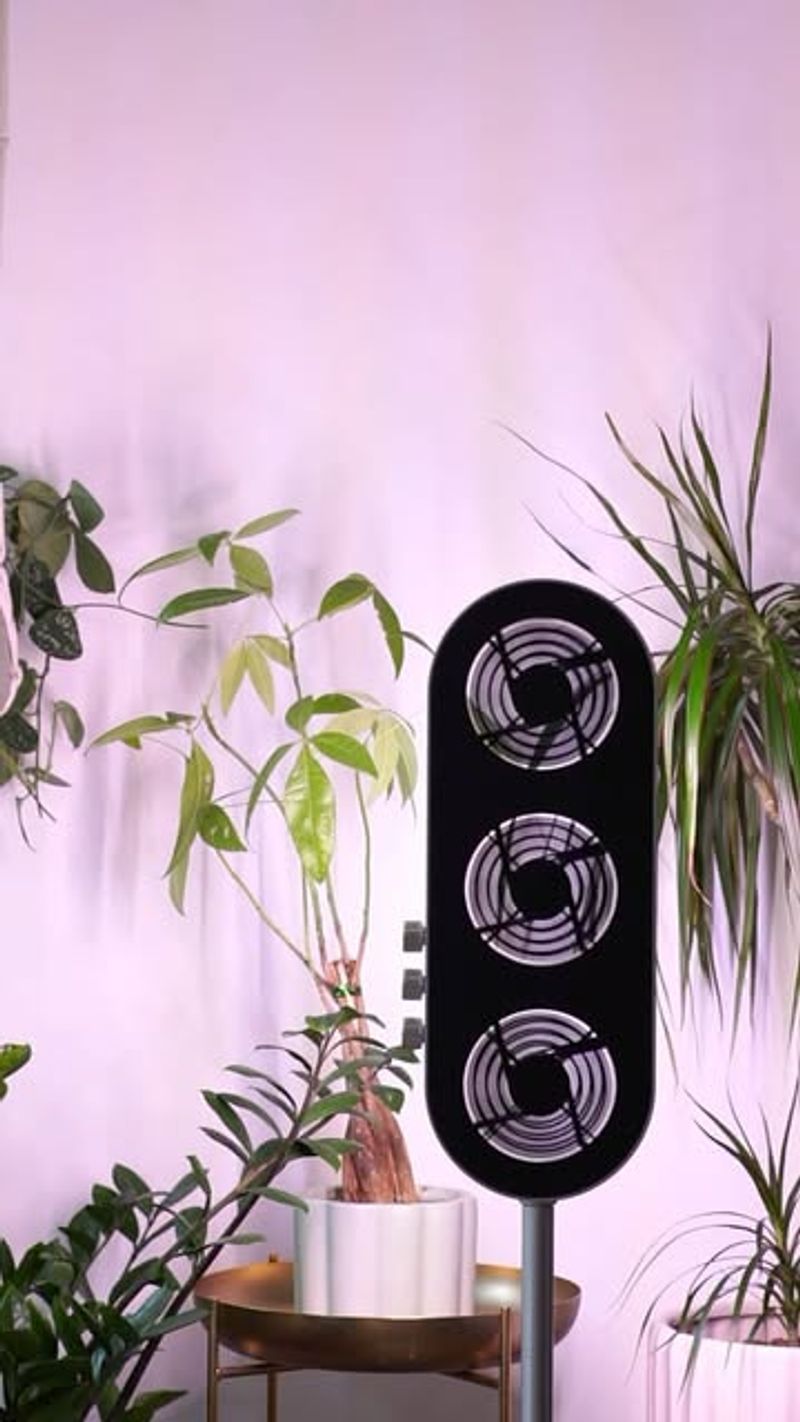
Stagnant summer air creates perfect conditions for fungal problems, especially when combined with higher humidity. Indoor succulents particularly suffer when air conditioning reduces natural airflow.
Space plants further apart during summer months to promote better circulation. A small fan on low setting helps indoor collections, while outdoor groupings benefit from occasional repositioning to ensure no plant remains constantly sheltered from gentle breezes.
6. Watch For Pests
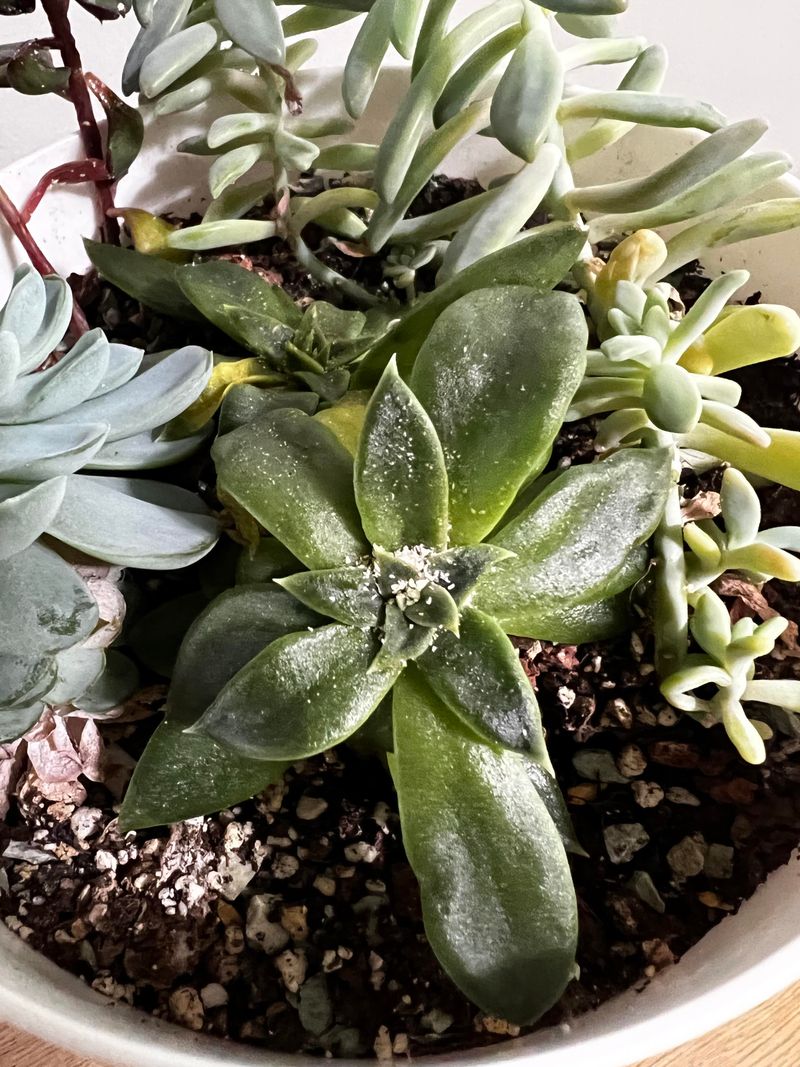
Summer brings increased pest activity, with mealybugs and spider mites thriving in warm conditions. These tiny invaders reproduce rapidly when temperatures rise, quickly infesting entire collections.
Inspect plants weekly, checking under leaves and around soil surface for signs of trouble. A spray bottle with diluted isopropyl alcohol makes an effective spot treatment for early infestations without harming your precious plants.
7. Consider Summer Dormancy
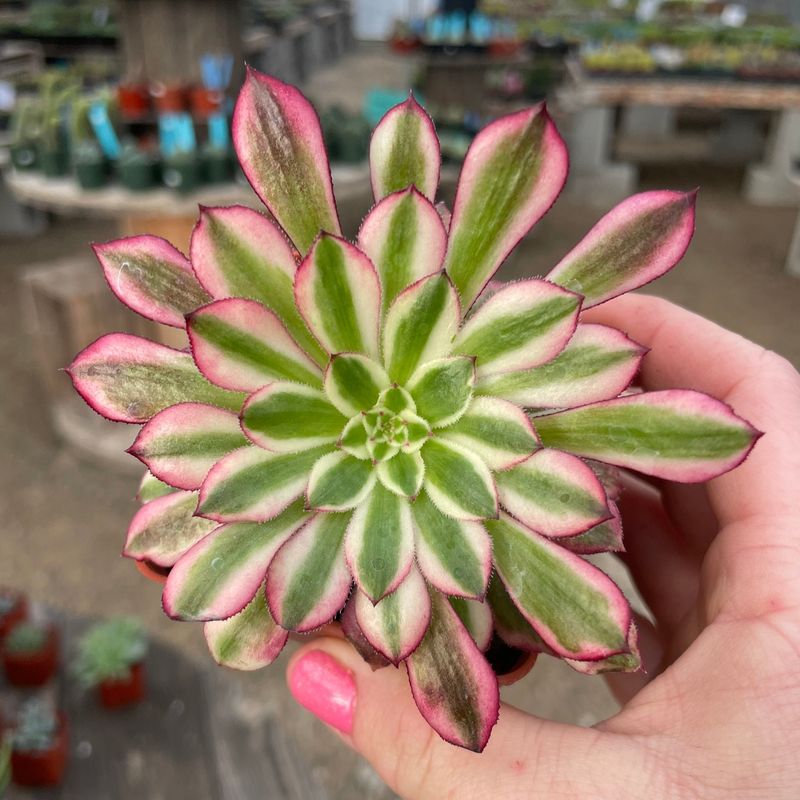
Many people don’t realize some succulent varieties actually go dormant during summer heat. Aeoniums and certain aloes naturally slow growth when temperatures consistently exceed 80°F.
Reduce water and hold off on fertilizer for summer-dormant varieties. Learning which of your plants follow this pattern helps prevent overwatering during their rest period. Growth will naturally resume when cooler temperatures return in fall.
8. Protect New Growth
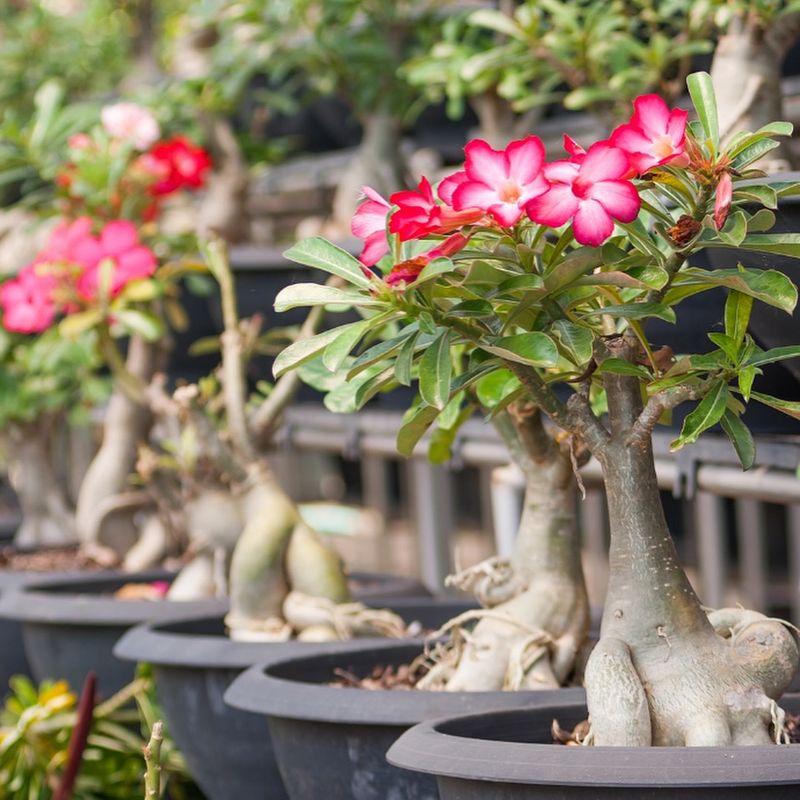
Fresh summer growth on succulents is particularly vulnerable to environmental stress. Those tender new leaves and shoots haven’t developed the protective coatings that mature growth has.
Position plants so new growth faces away from the harshest afternoon sun. For prized specimens showing significant new development, temporary shade during the season’s hottest weeks ensures those beautiful new additions mature properly without stress damage.
9. Adjust Fertilizing Routine
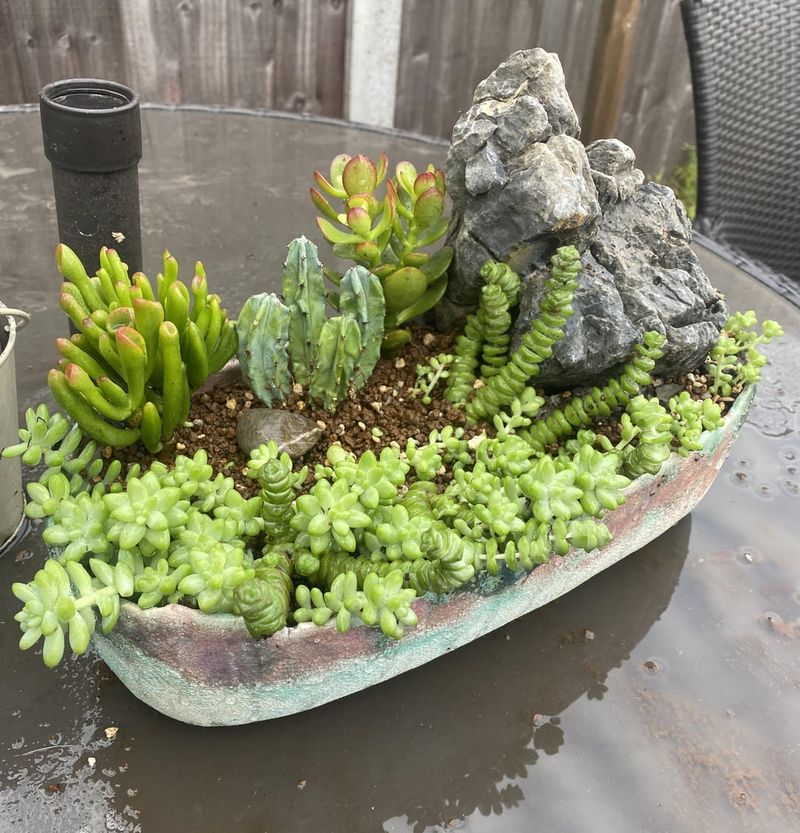
Summer’s longer days trigger active growth in many succulent varieties, creating higher nutritional demands. Plants may show yellowing lower leaves or slowed growth when nutrients are lacking during this period.
Use quarter-strength fertilizer designed for cacti and succulents every 4-6 weeks during summer. Always apply to slightly moist soil to prevent root burn, and avoid fertilizing any plants showing signs of heat stress.
10. Plan For Vacation Care
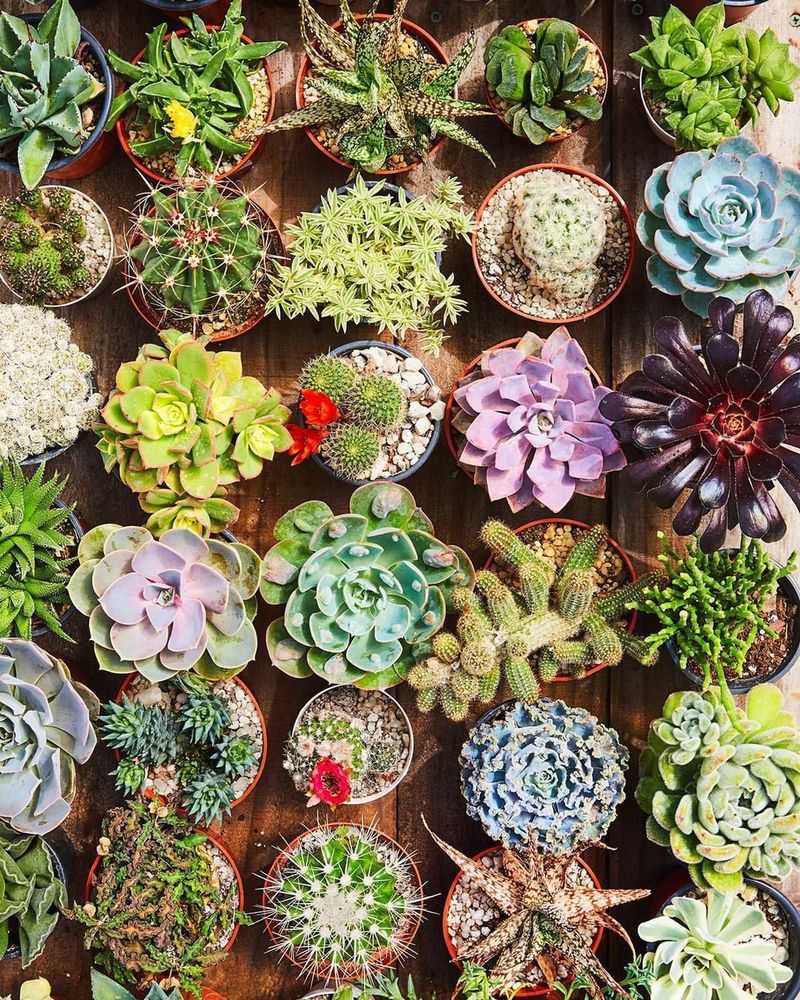
Summer vacations often coincide with the most critical care period for succulents. Even drought-tolerant varieties can suffer during extended absences in peak heat.
Group plants together before leaving to create a microclimate with higher humidity. Move outdoor containers to morning-sun-only locations, and consider self-watering devices for longer trips. Avoid last-minute repotting before vacations, as this creates additional stress.
11. Rotate Plants Regularly
Succulents exposed to consistent sunlight from one direction can grow unevenly, stretching toward the light and creating lopsided shapes. This can also make some leaves more prone to sunburn on the exposed side.
Rotate pots every week or two to ensure even light distribution and balanced growth. For garden-planted succulents, gently reposition smaller clumps or provide angled shading to protect vulnerable leaves while maintaining healthy symmetry.

